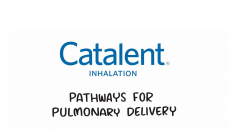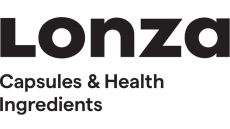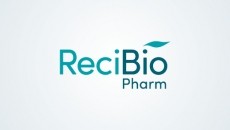NASA cash for nanotech drug delivery company
(€500,000) Small Business Innovation Research (SBIR) Phase 2 grant
from NASA for its research in nanoscale droplet technology, which,
apart from the agency's deep space initiatives, may have important
applications in drug formulation and delivery.
The technology promises drug 'containers' that carry specific delivery instructions which enable the targeting of diseased cells and organs, resulting in safer and more effective pharmaceuticals.
It also means that delivery packaging can be designed with multi-drug polymeric packaging, allowing different layers to be released in specific conditions.
Donald Ackley, president and CEO for Nanotrope, told In-Pharmatechnologist.com he believes their technique is a couple of years away from commercialisation.
"Our primary focus is on protein-based drugs because proteins are sensitive molecules and the process exercises low force on them," he said.
"Although the science behind the technology is quite complex, combining microfluidics and nanotechnology, its application is very simple and inexpensive to run."
Nanotrope's technique works by producing droplets of well controlled size by combining flows of immiscible fluids (water and oil).
"In its simplest application for drug delivery, the desired drug would be dissolved in water to form the core of the 'container', and surrounded by the oil phase containing polymers or lipids to form the outer shell of the drug package," Dr Ackley explained.
"This shell can be functionalised with the appropriate ligands to target specific cells, specific tumor cells for example, and the process may be repeated inline on the same device to produce 'containers' with different layers and multiple drugs to obtain a specific release profile."
The size and composition of the 'containers' may be deliberately varied to further optimize the therapeutic effects.
"When the targeted 'containers' move to the vicinity of the cells and attach to the outer cell membrane, drug is either released in proximity to the cell membrane, or the container is transfected to the interior of the cell where drug is released.
"This process can be controlled by engineering the properties of the outer shell to optimize for binding and/or transfection."
Nanotrope is an early stage, privately held company aiming to commercialise nanoscale droplet technology developed at the University of California, Irvine.
As protein and antibody drugs proliferate in the biopharmaceutical pipeline, the company hopes to capitalise on the need for new drug formulations and delivery protocols.
Based on technical merit and innovation, only a select number of SBIR Phase 2 grants are awarded each year, encouraging small business to explore their technological potential and providing the incentive to profit from its commercialization.
During Phase 2, the R&D work is performed and the developer evaluates commercialization potential.
Nanotrope has already successfully completed Phase 1, the startup phase where the technical merit or feasibility of an idea is explored.
If it progress to Phase 3, its technology will move from the laboratory into the marketplace and no more SBIR funds will be awarded, so the company must find funding in the private sector or other non-SBIR US federal agency funding.

















